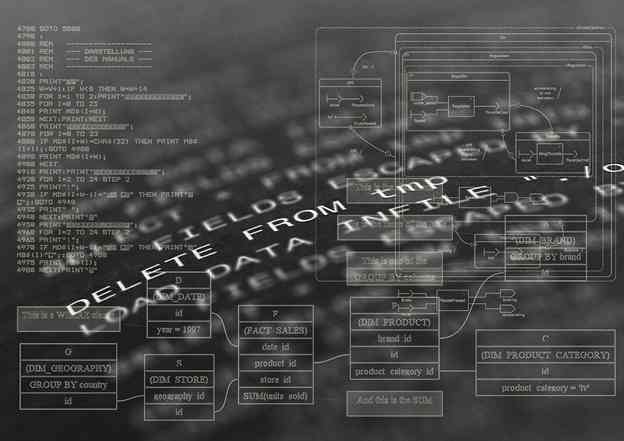What is Kubernetes & How to Get Started With It? An Intro For Beginners

If you haven’t heard of Kubernetes, you aren’t alone; however, you’ve likely heard of some of the public cloud platforms it powers, right? For example, Google Cloud, Oracle Cloud and Azure (just to name a few).
Kubernetes was a project that got its start in 2014; however, it is backed with more than a decade of experience of running production workloads at Google. Many experts agree that it has helped to make the adoption of new and emerging software architectural patterns, such as event-driven applications, service mesh, serverless functions and microservices easier. It has also helped to pave the path to an entire cloud-native ecosystem.
Now that you have a background in Kubernetes, it’s time to delve into it a bit deeper.
What is Kubernetes?
Kubernetes is an extensible, portable platform designed to manage containerized services and workloads that facilitates both automation and declarative configuration. It has a massive and quickly growing ecosystem. Today, the tools, support, and services provided by Kubernetes are widely available.
Container Orchestration
Kubernetes offers a container-centric management environment. This means it orchestrates storage, networking and computing infrastructure on behalf of the user workloads. This provides users with the simplicity of PaaS (Platform as a Service), such as Heroku logs, along with the flexibility of IaaS (Infrastructure as a Service) while enabling portability across several infrastructure providers.
It offers several features including a container platform; a portable cloud platform; a microservices platform and many others.
How Does Kubernetes Work?
Kubernetes offers users a wide array of tools and options to provide the services needed. For example, labels allow you to organize your resources in any way you choose. With annotations, you can decorate resources with any type of custom information to help facilitate workflows and make them more efficient.
Also, with the Kubernetes control plane built on the same APIs that are available to users and developers, you can write your own controllers, such as a scheduler using your own API that can then be targeted with a command-line tool.
This flexible design has allowed several other systems to be created on top of Kubernetes.
Kubernetes Architecture
If you want to better understand how Kubernetes can provide all the capabilities listed here, it’s wise to get to know how it has been designed and organized at a higher level. Visually, Kubernetes is a system that’s constructed in layers with each of the higher layers abstracting the complexity present in the lower ones.
At its foundation, Kubernetes brings together individual virtual or physical machines and creates a cluster by using a shared network that communicates between each of the servers. This is the physical platform where everything is configured.
Then, each of the machines in this cluster is provided a specific role in the ecosystem. One of the servers is considered the “master” server and is the gateway and brain for the cluster, which basically runs everything else. This is also the main point of contact with the rest of the cluster and is responsible for the logic that Kubernetes provides.
The remaining machines in this cluster are called nodes. These are servers that are responsible for accepting and running workloads by using external and local resources. To provide help with flexibility, management and isolation, Kubernetes will run services and applications in the containers. This means that each of the nodes has to have a container runtime (i.e. rkt or Docker). The node will receive the work instructions from the master server and then destroy or create containers according to the commands to forward and route traffic as necessary.

Source: Pixabay
Kubernetes Community
If you are dedicated to learning more about Kubernetes, there are many forums and communities where you can share information and ideas. You can even gain advice and tips from experienced Kubernetes users. Due to the complexity of this technology, being engaged in these communities can be invaluable.
Understanding Kubernetes is something that may take time and diligence, but in the long run, this technology can be invaluable, so it’s a smart investment to make.
Author: AJ Phillips
AJ is an IT consultant who helps digital businesses reach their full online potential. AJ is passionate about programming and IT consulting. His current focus is helping SaaS businesses create a better world for our kids. He frequently writes about the latest advancements in the digital and tech industry.

